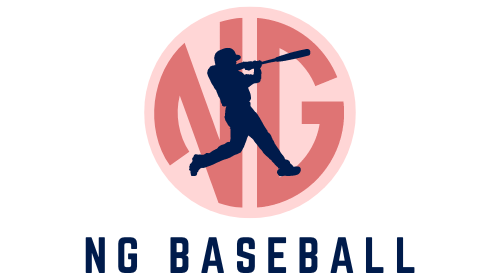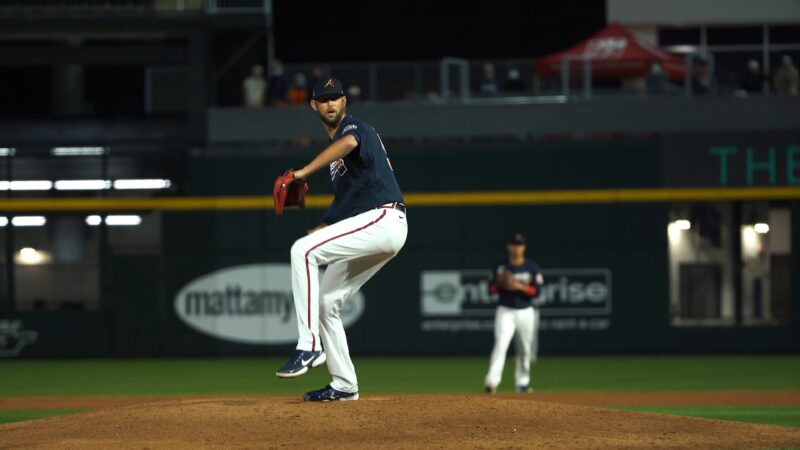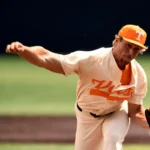In the game of baseball, the pitcher stands out as the singular figure who can change the course of the game with a single throw. For those unfamiliar with the nuances of baseball, understanding the various types of pitchers can be a challenge. In this guide, we will talk about the three primary categories of pitchers: Starting Pitchers (SP), Relief Pitchers (RP), and Closing Pitchers (CP). Strap in, and let’s break down this pivotal role in America’s favorite pastime!
1. Starting Pitchers (SP)
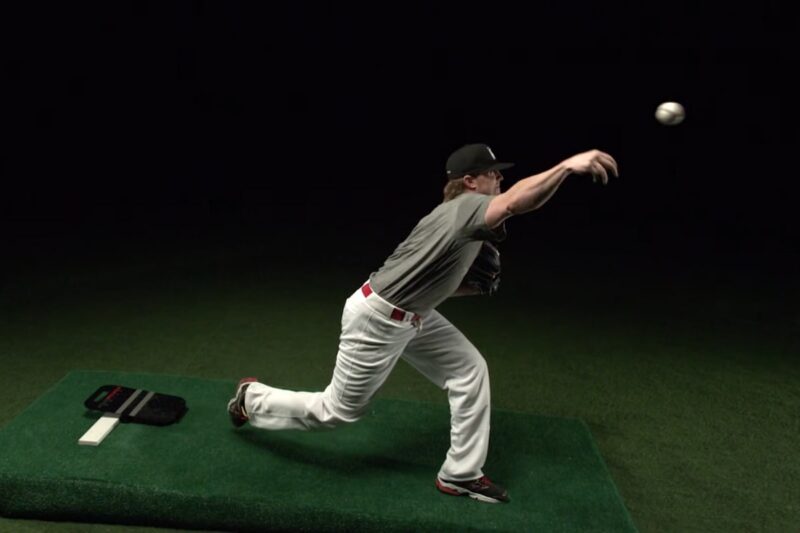
A game of baseball commences with the Starting Pitcher. They are the first line of defense and, in many ways, the face of that day’s game. Let’s dive deeper into their responsibilities and significance.
Role and Responsibilities
The Starting Pitcher (SP) usually begins the game and pitches for multiple innings. Their primary aim? Set the tone for the game and keep the opponent’s lineup in check.
- Endurance: Unlike other types of pitchers, the SP is known for their stamina. They typically pitch for five or more innings, depending on their performance and the strategy of the manager.
- Pitch Variety: An SP usually has a repertoire of pitches. This variety helps them navigate through the batting lineup multiple times, surprising batters with different speeds and movements.
Notable Starting Pitchers
Throughout history, the baseball world has seen some legendary starting pitchers. These players have left an indelible mark on the game due to their skill, precision, and dominance.
- Sandy Koufax: Known for his blazing fastball and devastating curveball, Koufax played his entire career with the Dodgers, achieving a record of four no-hitters.
- Pedro Martinez: With an arsenal that included a fastball, changeup, and curve, Martinez dominated batters in his era, playing for teams like the Red Sox and Mets.
2. Relief Pitchers (RP)
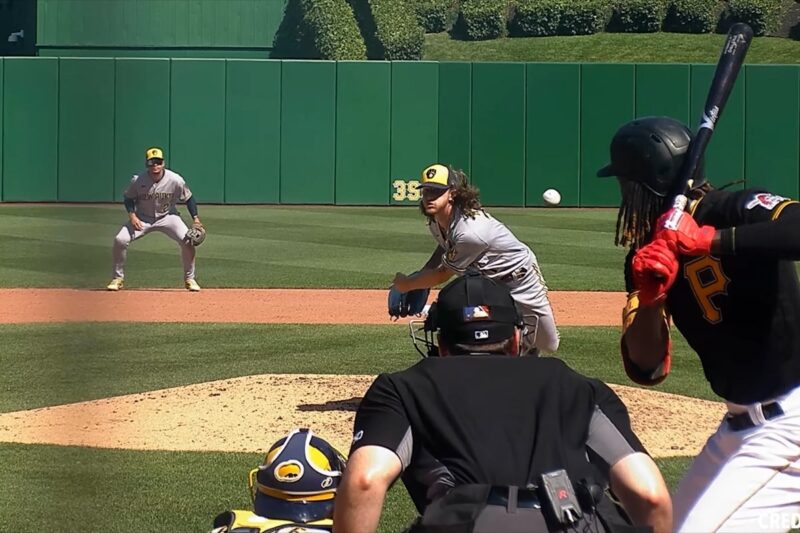
While the starting pitcher sets the game’s pace, it’s often the relief pitchers who navigate the turbulent middle innings. These unsung heroes can make or break a game, ensuring the team stays competitive.
Role and Responsibilities
Relief Pitchers (RP) come into the game post the starting pitcher, especially when the SP is faltering or has thrown too many pitches.
- Flexibility: RPs need to be versatile. They could be summoned to face a single batter or to navigate through several innings.
- Specialization: Some relief pitchers, known as specialists, are brought in to face specific batters. For instance, a left-handed RP might be used just to pitch against a tough left-handed batter.
Famous Relief Pitchers
While they might not have the same name recognition as some starting pitchers, there have been several RPs who’ve carved a niche for themselves.
- Andrew Miller: Known for his wicked slider, Miller has been a dominant force in the bullpen for teams like the Indians and Yankees.
- Rollie Fingers: With a distinctive handlebar mustache and a killer sinker, Fingers was the bullpen ace for the Athletics and Brewers in the 1970s.
3. Closing Pitchers (CP)
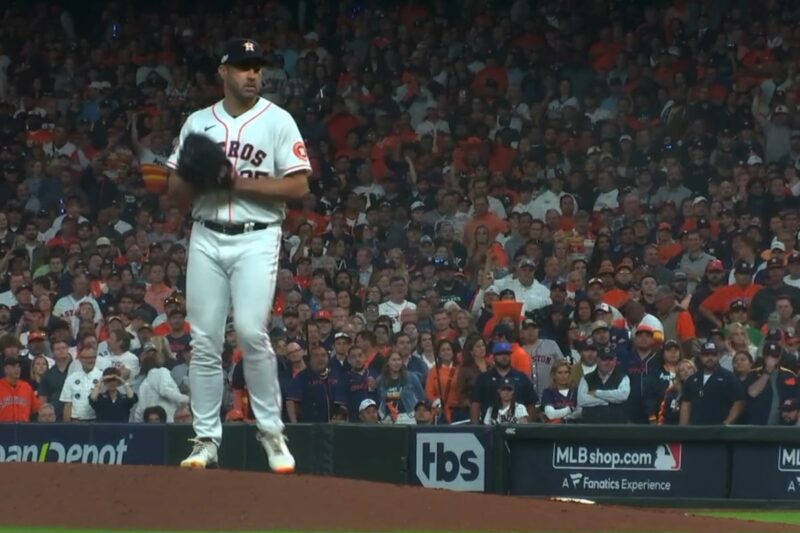
The closing pitcher is the team’s last line of defense, ensuring victory by securing the game’s final outs. They often work under the most pressure, with the game’s outcome hanging in the balance.
Role and Responsibilities
The Closing Pitcher (CP) is called upon in the final stages of the game, typically the ninth inning when the team is leading by three runs or less.
- High Pressure: Closers need to have a short memory and a lot of confidence. They often enter games in tight situations where there’s little room for error.
- Signature Pitches: Most closers have one or two pitches that are almost unhittable. This allows them to overpower batters in short stints.
Iconic Closing Pitchers
Closers might work only for an inning, but their impact is profound. Here are a couple who’ve shone brightest under the spotlight.
- Mariano Rivera: The undisputed king of closers. Rivera, with his cut fastball, saved more games than any pitcher in MLB history, all while donning the Yankees pinstripes.
- Trevor Hoffman: Known for his changeup, Hoffman terrorized batters in the National League, racking up over 600 saves, primarily for the Padres.
The Evolution of Pitching Roles
Over the years, baseball has seen significant changes in strategies, and with it, the roles of pitchers have also evolved. By understanding this progression, we can appreciate the modern game even more.
The Days of Complete Games
Before the specialization of pitching roles, starters were expected to pitch the entire game.
- Marathon Men: In the early days, it wasn’t unusual to see a pitcher toss for all nine innings. These complete games were a testament to their stamina and durability.
- Changing Strategies: As managers started recognizing the benefits of fresh arms and match-up advantages, the reliance on starters to go the distance began to diminish.
Rise of the Bullpen
With the decline of complete games, the importance of the bullpen grew. It became a strategic weapon for managers.
- Tactical Advantage: Managers began to deploy pitchers based on specific game situations, batter matchups, and even based on analytical data.
- The Middle Relievers: These are the unsung heroes who bridge the gap between starters and closers. Often, their work in the middle innings is what sets the stage for a win or a loss.
Special Mention: The Setup Man
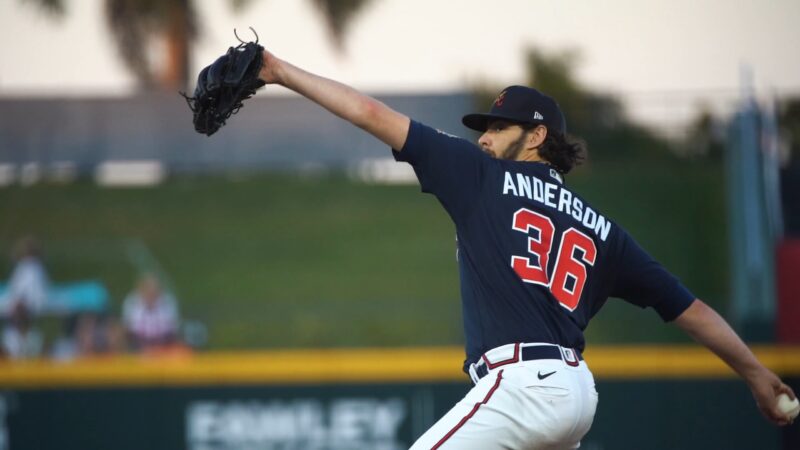
While we’ve covered starters, relievers, and closers, there’s another role that deserves mention — the setup man. This role often goes unnoticed, but it’s crucial in the grand scheme of a baseball game.
Defining the Setup Role
The setup man is a reliever who specializes in pitching in the crucial innings just before the closer takes over.
- The Bridge to the Closer: They’re responsible for “setting up” the save opportunity for the closer, hence the name. This role can be just as high-pressure as that of a closer.
- Versatility: A great setup man can pitch multiple innings if needed or even fill in as a closer on days when the primary closer is unavailable.
Recognizing Elite Setup Men
Though they might not get the same glory as closers, their impact on the game is undeniable.
- Dellin Betances: Known for his towering presence and high strikeout rate, Betances has been a force in the late innings for teams like the Yankees.
- Bryan Shaw: Consistently leading the league in appearances, Shaw’s resilience and durability make him one of the most reliable setup men in baseball.
FAQs
How many types of pitchers are there in baseball?
There are several types, including the starting pitcher, relief pitcher, middle reliever, lefty specialist, setup man, and closer.
Do pitchers also bat in baseball games?
Traditionally, they also had batting responsibilities. However, starting in 1973, their hitting duties have generally been given to the position of designated hitter, especially in the American League.
What is the main objective of a pitcher during a game?
The primary objective is to deliver the pitch to the catcher without allowing the batter to hit the ball effectively. A successful pitch is one where the batter either lets the pitch pass through the strike zone, misses the ball when swinging, or hits the ball poorly.
What are the legal pitching positions?
There are two legal positions: the windup and the set position or stretch. The windup is typically used when the bases are empty, while the set position is used when there’s at least one runner on base.
How do pitchers and catchers coordinate during a game?
They must coordinate each pitch. The catcher uses a system of hand signals to communicate pitch choices to the pitcher, who either accepts or vetoes the choice.
How are pitchers classified based on their roles and effectiveness?
The starting pitcher begins the game, and they might be followed by various relief pitchers, such as the long reliever, left-handed specialist, middle reliever, setup man, and/or the closer.
What is a “closer” in baseball?
A closer is an RP specifically reserved to pitch the final inning or innings of a game when his team has a narrow lead, with the aim of preserving the victory.
What are some common types of pitches thrown by pitchers?
Some common types include the fastball, curveball, slider, changeup, cutter, sinker, screwball, forkball, split-fingered fastball, slurve, knuckleball, and vulcan. Each type of pitch is intended to have unique movement or deceive the batter regarding its rotation or velocity.
Final Words
From the starting pitcher’s first throw to the closer’s triumphant last strike, these roles, while distinct, are interconnected in their quest for the team victory. Whether you’re new to baseball or a seasoned fan, understanding these roles can enrich your appreciation of the game’s intricacies. So, the next time you’re watching a game, you’ll know just how pivotal each pitch, and each pitcher, truly is.
